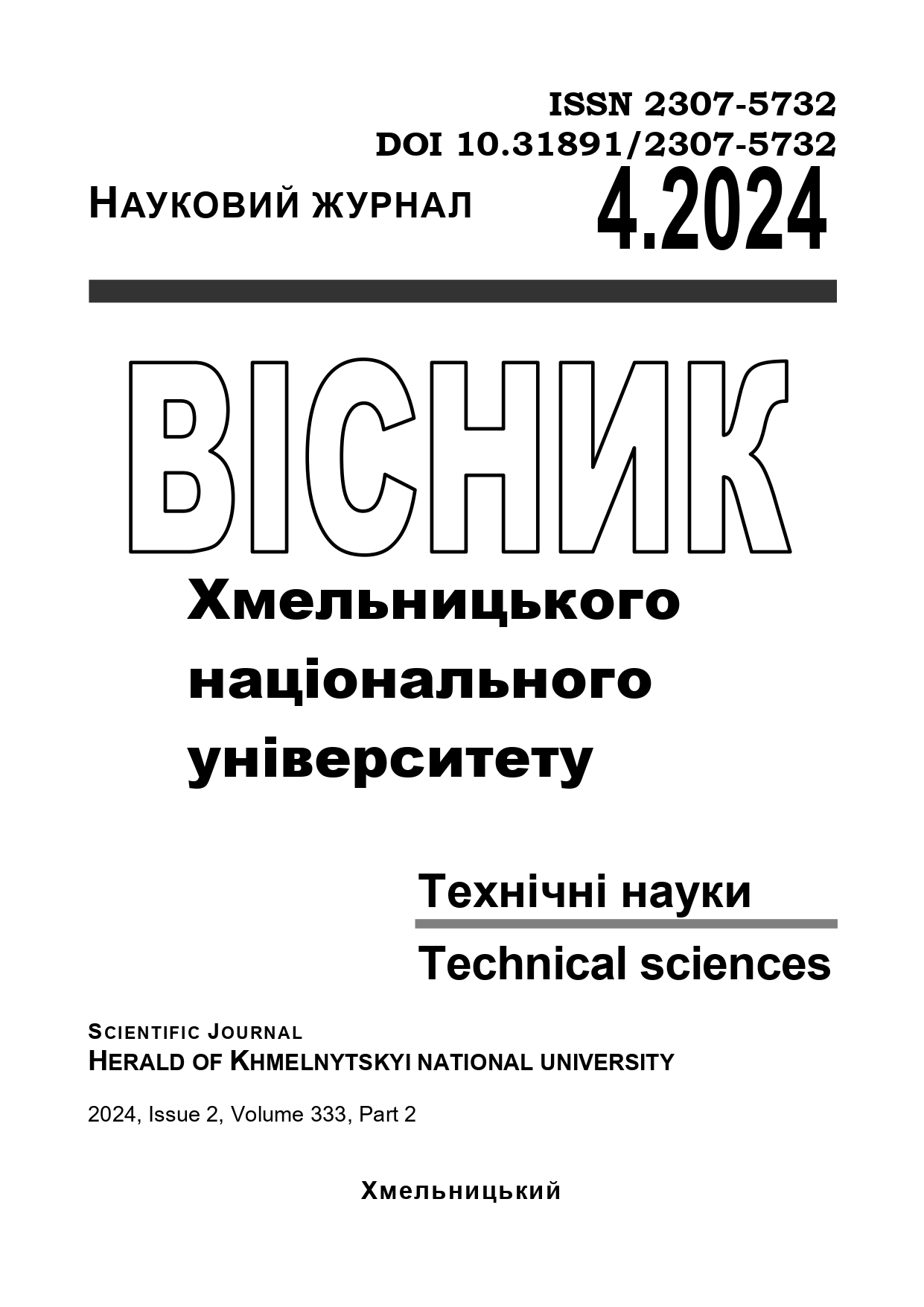ТЕХНОЛОГІЇ БПЛА ДЛЯ СІЛЬСЬКОГО ГОСПОДАРСТВА
DOI:
https://doi.org/10.31891/2307-5732-2024-339-4-41Ключові слова:
безпілотні літальні апарати, аграрне виробництво, квадрокоптер, дронАнотація
Автори аналізують основні напряму використання БПЛА, включаючи аерофотозйомку, моніторинг стану посівів, внесення добрив та засобів захисту рослин , а також створення тривимірних моделей сільськогосподарських об'єктів. Окремо розглянуто переваги різних типів БПЛА – квадрокоптерів, гексакоптерів, літаючих крил та апаратів літакового типу – залежно вид розмірів оброблюваних площ та специфіки завдань.
UAV TECHNOLOGIES FOR AGRICULTURE
This article provides an overview of the application of unmanned aerial vehicles (UAVs) in agriculture. The analysis reveals that UAVs serve as aerial robots capable of performing tasks such as aerial photography, delivery of plant protection products, and other functions. Quadcopters (drones) are also utilized for creating 3D models of various objects (buildings, technological structures, reclamation and hydraulic facilities) or small field plots of less than 0.8 hectares. For larger field areas, fixed-wing aircraft are more suitable.
The authors analyze the main directions of UAV utilization, including aerial photography, crop monitoring, fertilization, plant protection, and the creation of 3D models of agricultural objects. The advantages of different types of UAVs – quadcopters, hexacopters, fixed-wing, are discussed based on the size of the managed areas and specific tasks.
The article presents practical results of UAV application in various agronomic processes such as precision agriculture, pest and disease control, optimization of irrigation, and yield management. UAVs significantly enhance agricultural production efficiency by providing timely and accurate data on crop conditions and the environment.
In addition to technical aspects, economic and environmental benefits of UAV implementation in the agricultural sector are examined. Specifically, the use of drones reduces costs on agrochemicals and fuel, minimizes environmental impact, and improves product quality. The future prospects of UAV technologies, including integration with other innovative technologies such as artificial intelligence, IoT, and big data, are also considered.
The research findings underscore the substantial potential of UAVs in enhancing agricultural production efficiency, reducing costs, and improving the quality of agronomic practices. The authors recommend further research and implementation of UAVs across various agricultural sectors to achieve sustainable development of the agro-industrial complex.

